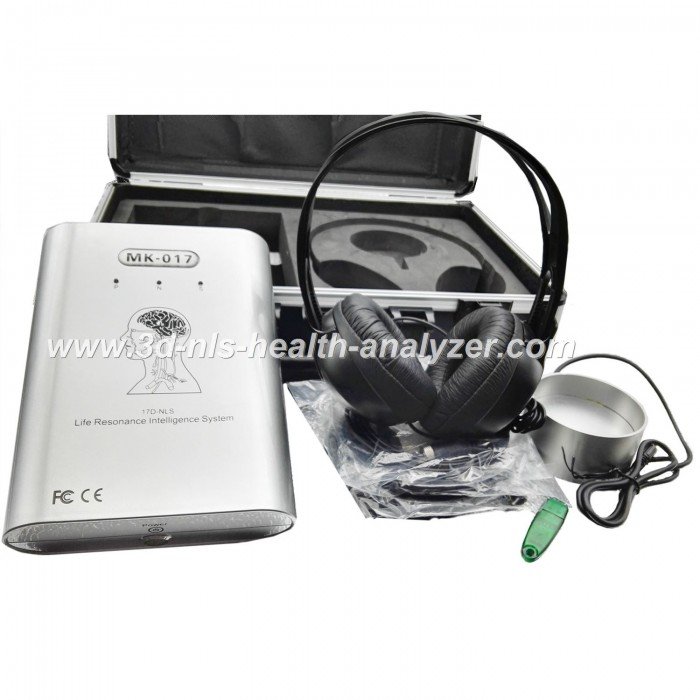biofeedback example



biofeedback example

Biofeedback is a technique to help you learn to control internal functions normally outside of conscious control. You learn this by using sensitive instruments that measure and display physical or mental processes – making you aware of things that you can’t easily feel or detect on your own.
It’s very easy. With the help of instruments, you can see what you’re doing to improve your technique.
For example; if you run a race, it’s handy to have a stop watch so you know when you’re doing better and when you’re not so you can adjust your technique for the better. In the same way, you can learn how to control muscle tension if you have a sensor showing you exactly how tense you are, when you are relaxing, and by how much (EMG biofeedback). Or, it’s simple to learn how to control your heart rhythm if you have a heart monitor giving you ‘feedback’ about what your heart rate is (HRV biofeedback).
With a thermometer you can learn how to change your skin temperature; thus changing your blood flow and in turn interrupting the onset of migraine headaches. By learning to control pelvic muscles with the help of a special monitor, you can learn to stop incontinence. Control your heart rythm and you can regulate your stress levels.
Biofeedback is standard practice in sports performance. Its proven effectiveness has made it an accepted medical technique for decades; however few people or their doctors are aware of this logical, natural, self-regulatory alternative to medication.

How Is Biofeedback Used?
Biofeedback can be used for a range of applications, including:
Treating tension headaches, migraines, and other pain
Controlling high and low blood pressure
Alleviating digestive disorders
Helping patients control physical reactions to stress or anxiety
Aiding in relaxation and stress management
EEG feedback has also been shown to be effective in treating and managing symptoms of certain brain injuries, depression, post-traumatic stress disorder, and attention deficit hyperactivity disorder.
In psychology, therapists might use biofeedback to help patients control their response to stress. Chronic stress can have a wide range of negative health effects including decreased immunity, heart disease, depression, digestive problems and sleep disorders. By learning how to manage the stress response using biofeedback, patients are able to decrease the harmful physical and psychological effects of stress.
Why do people choose to try this technique? Biofeedback may appeal in situations where other treatments have not been effective or where people are unable to take certain medications. Biofeedback also teaches people how to control their own responses in stressful situations, which can help people feel more in control.
So how exactly does biofeedback work? By learning how to recognize the physical signs and symptoms of stress and anxiety, such as increased heart rate, body temperature, and muscle tension, people are able to learn how to relax. Scientists believe that it is often the stress response, the body’s tendency to go into a state of “fight-or-flight” in order to deal with potential threats, that often exacerbates certain conditions. By learning how to control physiological responses to stress, biofeedback patients are able to learn how to relax their minds and bodies and better cope with the symptoms of stress.









Sale Cousultant : Mrs Lucy | Sale Consultant : Mr Mark |










